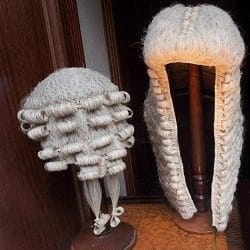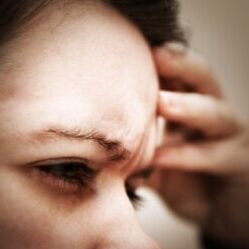
Barristers: Profession is ageing
The number of pupil barristers has rebounded after the pandemic sent it crashing, while women increasingly dominate the junior end of the Bar, new figures have shown.
The Bar Standards Board’s annual diversity report – with figures as of 1 December 2021 – recorded 511 pupils, 157 more than a year earlier, and slightly higher than the average in the previous four years, which was 472.
The figures “suggest that 2020 was a relatively anomalous year for pupillages due to the pandemic”, the report observed.
The overall number of practitioners at the Bar, including pupils, stood at 17,774, of whom 1,928 were QCs. This was an overall increase of 342, in line with pre-Covid growth.
As an annual snapshot, demographic changes look small, but the proportion of women at the Bar has increased 0.6 percentage points (pp) over the year.
Women constituted 38.8% of the Bar compared to 50.2% of the UK working age population. The proportion of QCs who are women increased from 16.8% to 17.9%.
When excluding non-responses, the proportion of female pupils has reached nearly 57%, the highest since the report was first published in 2015.
In absolute terms, the number of female barristers has increased by 1,026 since 2015, compared to 194 men. “The discrepancy is likely to be due largely to greater numbers of male barristers retiring,” the BSB said – three-quarters of barristers aged 55+ are male.
Indeed, the evidence of an ageing Bar is clear: while in 2015 14.8% of barristers were 55+, the figure is now 22.4%.
The percentage of barristers from minority ethnic backgrounds has increased 0.5pp to 14.7%, in line with the wider population; they make up 9.6% of QCs and nearly one in five pupils.
Broken down, 7.8% of barristers are Asian/Asian British, 3.3% Black/Black British, 3.6% mixed/multiple ethnic groups, and 1.2% another ethnic background. Strikingly, while the proportion of Asian and mixed pupils is higher than their groups’ overall figure for the Bar, it is the opposite for Black pupils.
Some 6.8% of those who provided information on disability status disclosed a disability, compared to an estimate of 16.4% for the wider employed population.
Of those who provided information about sexual orientation, 11.5% of pupils, 7.3% of non-QC barristers and 5.7% of QCs said they were non-heterosexual.
Including those that have not provided information, the largest religious group at the Bar is Christians (24.7%) followed by those with no religion (20%), although for pupils this is reversed.
Though the proportion of UK-schooled barristers who attended an independent school is still hugely out of kilter with the 7% in the wider population, the BSB noted that it has been “gradually trending downwards”, from 39.6% in 2015 to 36.9% in 2021.
Of those who responded to the question, 46.3% said they were of the first generation in their family to attend university.
When excluding non-responses, 28.4% of barristers have primary caring responsibilities for one or more children, a 6.3pp increase since 2015 and representing around 40% of female barristers and 20% of men. While the former is in line with the national average for workers, the latter is 17pp below.
Response rates continue to improve and ranged from nearly 100% for gender to 39% for gender identity, with most in the 50-60% range.














Leave a Comment